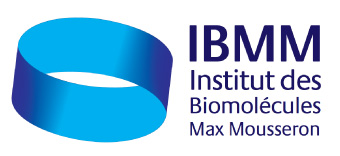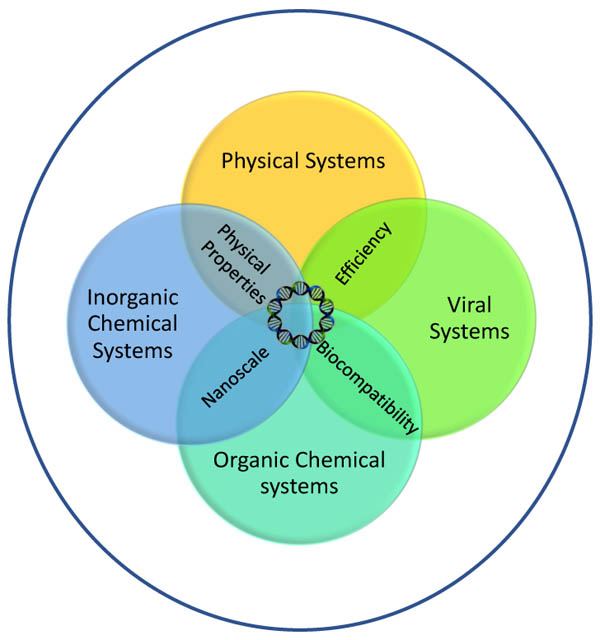Nano-delivery: overcoming the major challenges in drug and gene delivery
Séminaire Chimie ED459
Dr. Sonia
Le Jeudi 20 Septembre 2018 à 14h
ENSCM, Amphithéâtre Mousseron B (campus Balard, 240 av. Émile-Jeanbrau)
Date de début : 2018-09-20 14:00:00
Date de fin : 2018-09-20 15:30:00
Lieu : ENSCM amphi Mousseron B (campus Balard, 240 av E. Jeanbrau)
Intervenant : Dr. Sonia
Department of Zoology, University of Oxford, UK | Director of Oxford Martin Institute of Nanomedicine
Although some progress has been made in developing targeted cancer therapies, surgery and systemic chemo- and radiation therapy remain the chief methods for cancer treatment. These methods are highly invasive, damage healthy tissues and cells and are accompanied by severe side effects. Also, these methods cannot control metastasis, formation of secondary tumours and cancer recurrence. The emerging filed of Nanotechnology has already made a big step on cancer research. In vivo tracking surface functionalised nanoparticles had brought a therapy that combines diagnosis and real time monitoring of cancer progression. Currently, in order to increase the stabilisation of chemotherapeutic agents, different nanostructures are being use as transport systems. It has been reported, the use of polyamines and nanoliposomes as transport for epipodophyllotoxin and topotecan drugs to target DNA topoisomerases and showing a promising antitumor activity. However, problems on damaging of healthy tissues and lack of an active multimodal treatment and still remain.
In my group we develop a new method, endosome-independent, for therapeutic agents delivery. It is based on of DNA-topological linked to nanoparticles that selectively target cancer cells. We have designed novel nanostructures that can be functionalised with therapeutic agents and study cell targeting and uptake. This project named “NanoBioSystem” exploits the physical properties of circular double stranded (ds) DNA that make it possible to ‘wrap’ Nanostructures such SWCNTs and Gold NPs with DNA using non-covalent interactions. These dsDNA-NPs hybrids are soluble, do not degrade in water or serum, are stable over a temperature range of 20–80°C and, importantly, can be sorted by size. dsDNA-NPs can be designed to carry a large payload of therapeutic agents, by attachment of the therapeutic moiety to the outer surface of the nanoparticle. The interaction is reversible with the result that release of cargo occurs intracellularly. The talk will be focus on the potential of NanoBioSystem and the possible applications in biomedicine and other areas of biosciences.
Figure 1. Future novel nano delivery systems properties are, standing at the functional intersection of physical, inorganic, organic chemical, and viral systems taking the essential properties of all of them.
References
1. Nanoscale gene delivery systems: current technology, obstacles and future directions. A. Garcia, T. Dunwell, S. Trigueros. Curr. Med. Chem. 2018, 25, DOI:10.2174/0929867325666180108100723.
2. Nanoscale metal particles as nanocarriers in targeted drug delivery system. N.A.C. Lah, M. Samykano, S. Trigueros, J. Nanomed. Res. 2016, 4(2), DOI:10.15406/jnmr.2016.04.00086.
3. Mapping nanomechanical properties of live cells using multi-harmonic atomic force microscopy. S. Trigueros, A. Raman, et al, Nat. Nanotech. 2011, DOI:10.1038/nnano.2011.186.
Contact local ICGM : Dr. Jean-Olivier

